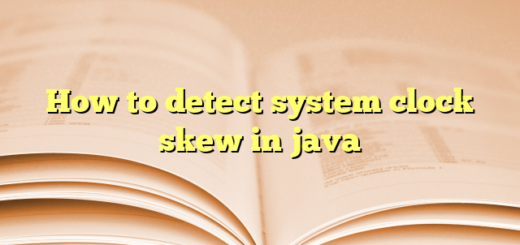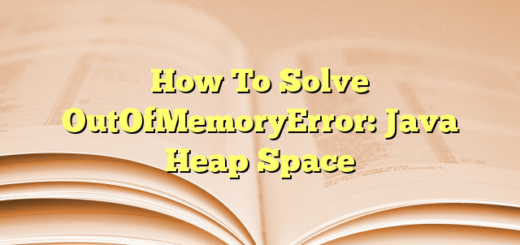Ahead-of-Time (AOT) Compilation and Native Image in GraalVM: A Deep Dive
GraalVM’s Ahead-of-Time (AOT) compilation is one of its most revolutionary features. It allows Java applications to be compiled into a standalone native executable that does not require the JVM at runtime. This is done using the native-image tool, which produces a Native Image.
1. What is Ahead-of-Time (AOT) Compilation?
Traditional Java applications use Just-in-Time (JIT) compilation, where the Java Virtual Machine (JVM) compiles bytecode into machine code at runtime. This provides flexibility but results in higher startup times and memory usage.
AOT compilation, on the other hand, compiles Java code before execution, producing a native machine-code binary. This eliminates the need for the JVM during runtime.
2. What is a Native Image?
A Native Image is a fully compiled self-contained executable that includes:
- Application code (compiled into machine code)
- JDK classes used in the application
- Garbage Collector (GC)
- Threading model
- Required dependencies (but no JVM)
Once compiled, a Native Image runs directly on the operating system like a regular binary (.exe on Windows, ./myapp on Linux/macOS).
Example: Compiling a Java Application to a Native Image
- Write a simple Java application:
public class HelloWorld {
public static void main(String[] args) {
System.out.println(“Hello, GraalVM Native Image!”);
}
}
- Compile it to a JAR:
javac HelloWorld.java jar --create --file HelloWorld.jar -C . HelloWorld.class - Generate the Native Image:
native-image -jar HelloWorld.jar - Run the Native Image:
./helloworldOutput:Hello, GraalVM Native Image!
Key Observation:
🚀 This executable runs without requiring the JVM.
3. Why Doesn’t a Native Image Need the JVM?
Unlike traditional Java applications, which require the JVM for bytecode execution, a Native Image directly executes machine code on the OS. This is possible because:
- Bytecode is precompiled into native machine code
- The application is fully compiled before execution, so there’s no need for a runtime JIT compiler.
- Runtime components of the JVM are replaced
- GraalVM embeds only the necessary Java classes and runtime features required by the application.
- It includes a lightweight managed runtime
- While the full JVM isn’t needed, the compiled binary still includes:
- Memory management (Garbage Collector)
- Thread management
- Exception handling
- While the full JVM isn’t needed, the compiled binary still includes:
- No dynamic class loading
- Native Images do not support dynamic class loading (e.g.,
Class.forName()), which eliminates the need for the JVM’s class loader.
- Native Images do not support dynamic class loading (e.g.,


